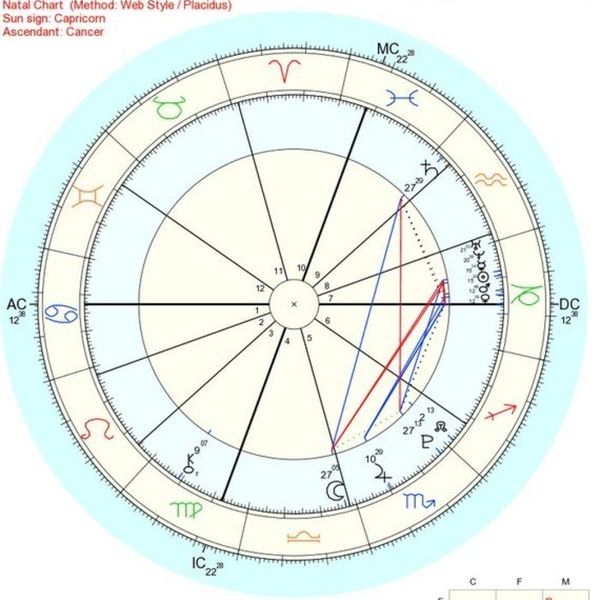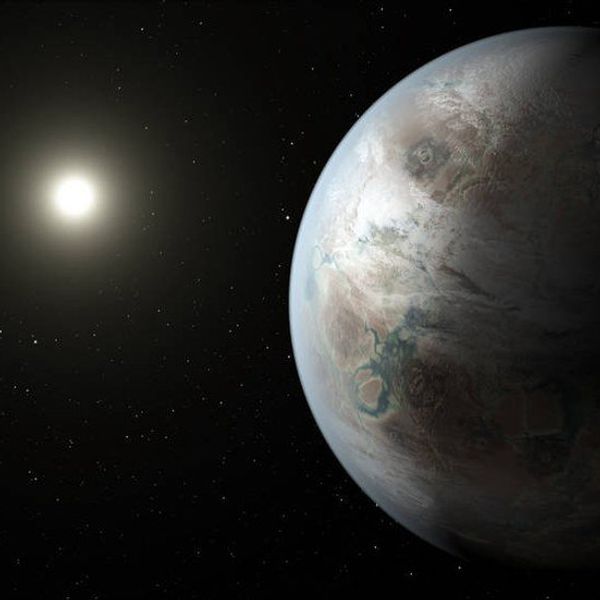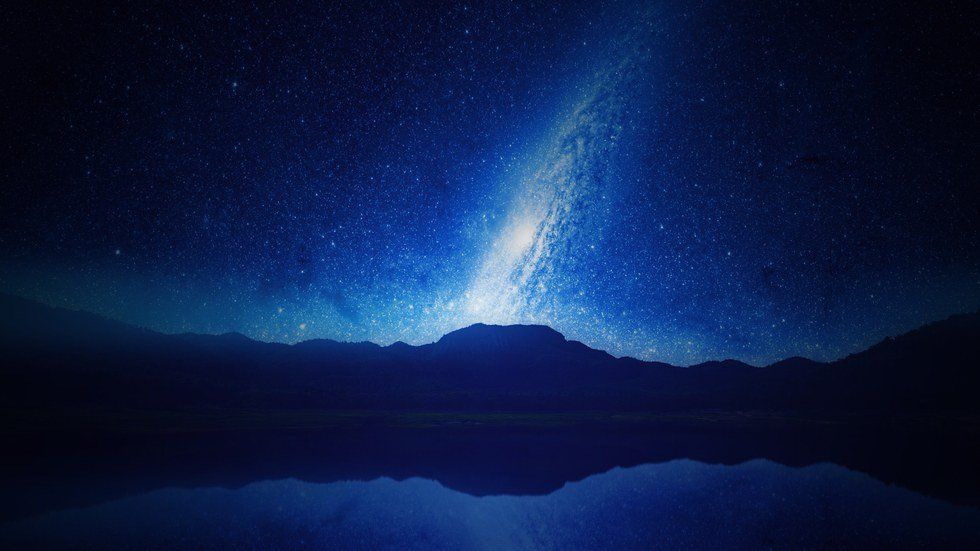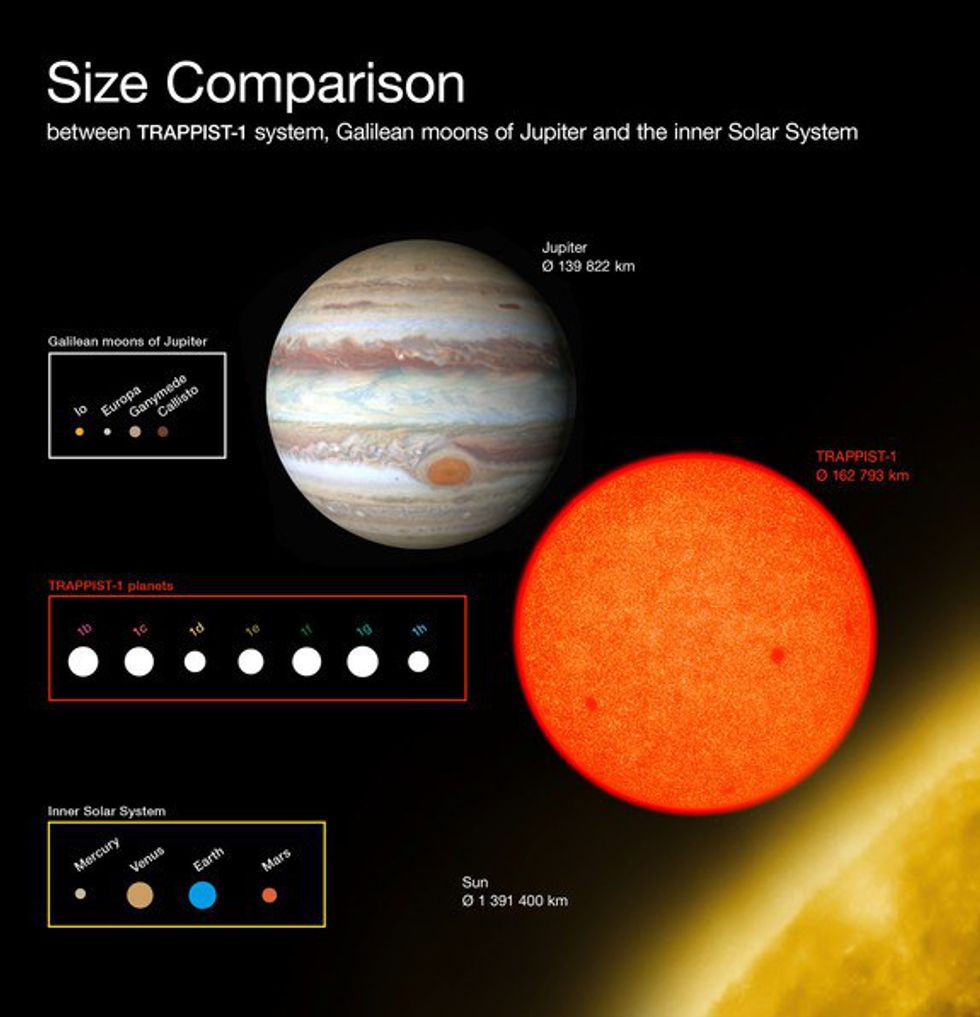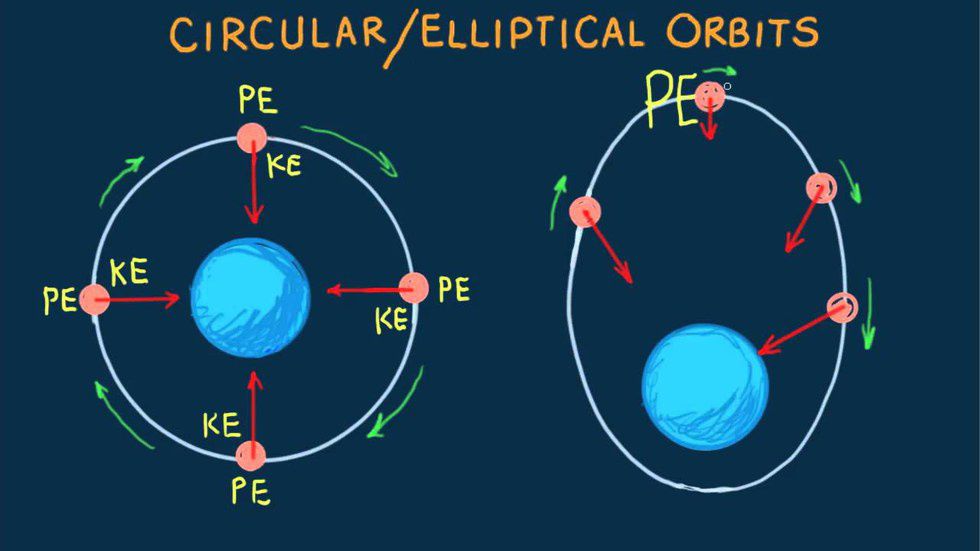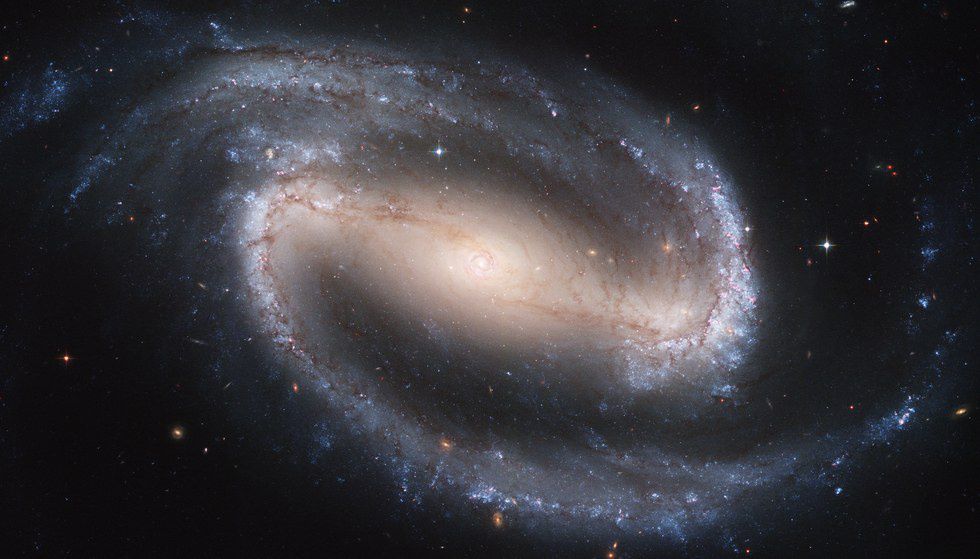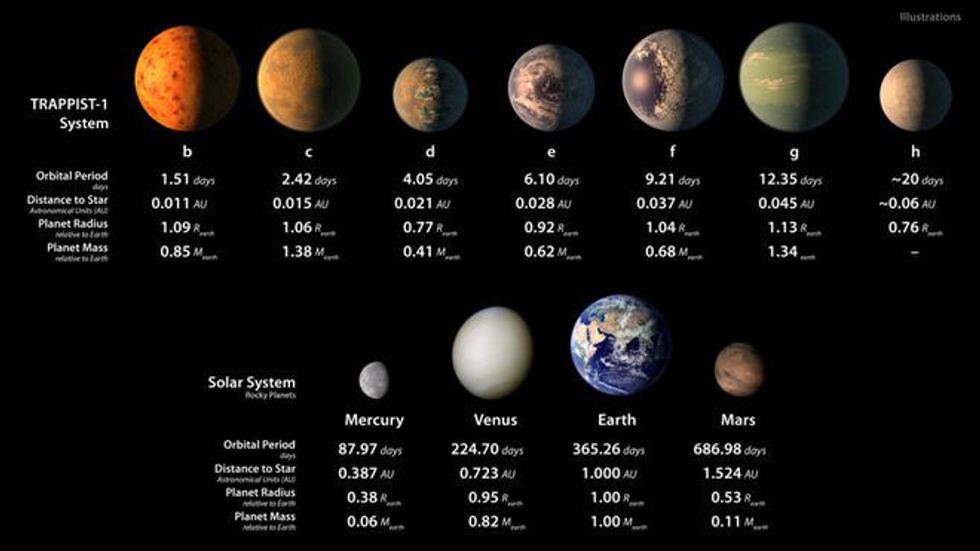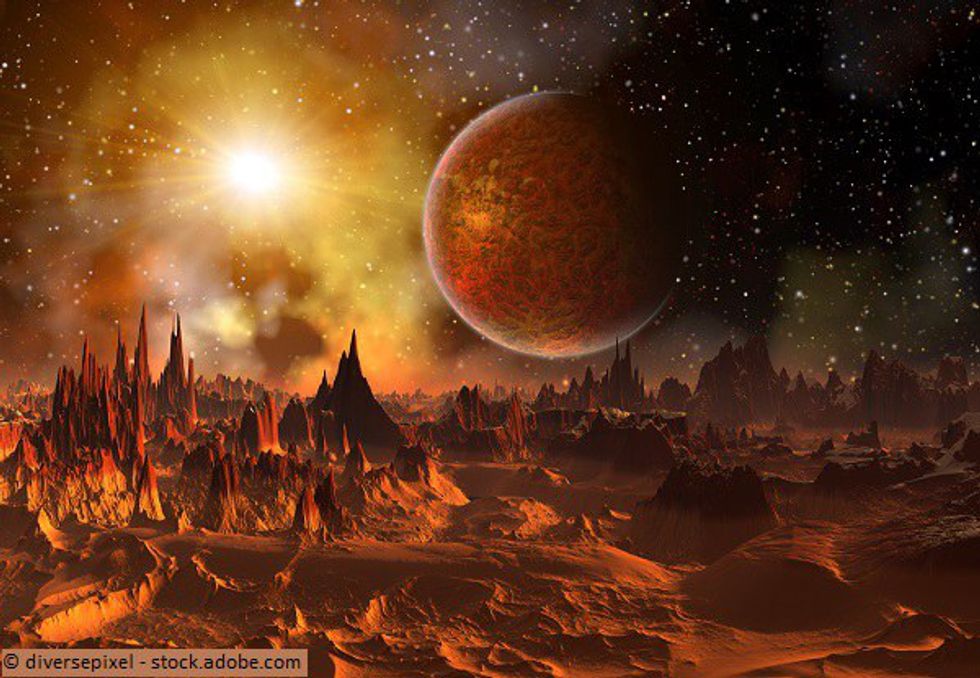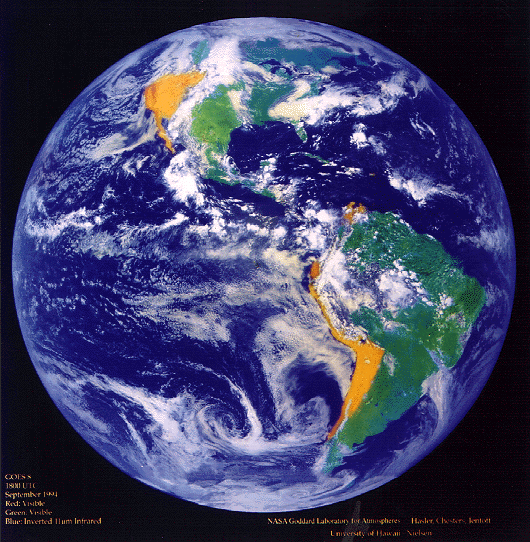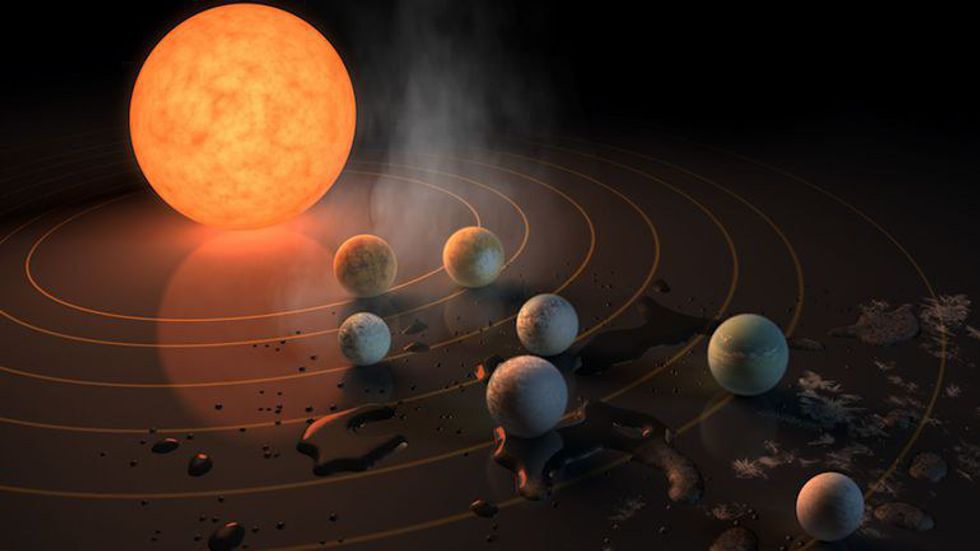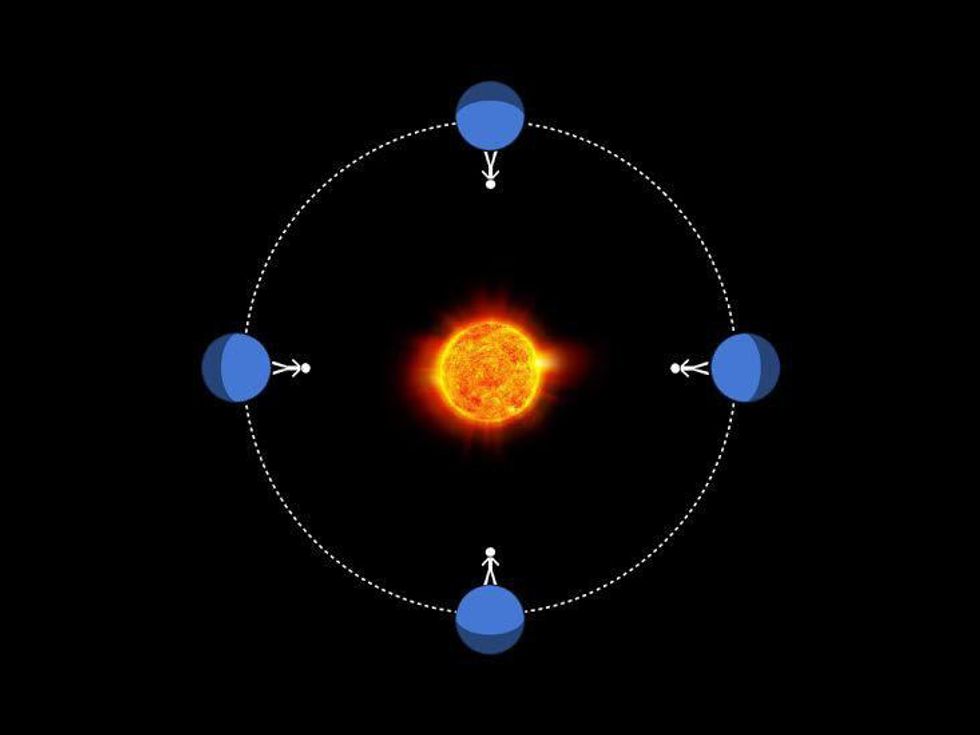On February 22nd, 2017, NASA released information that its Spitzer Space Telescope has found seven Earth-sized planets forming a system around a single star. Three of the planets are located within the habitable zone, which is the area around the parent star where a planet is more likely to have water. This new discovery set a record for the amount of habitable-zone planets found around a single star that isn't in our solar system.
The internet has been exploding with excitement, as scientists and "normies" like me have all flocked to databases to understand what this discovery could mean. But with a variety of speculations buzzing about, it's hard to know what we truly know and what is still just a possibility. Here are some of the things that are less vague.1. It's small.
Well, compared to our solar system, it's small. Trappist-1 is technically a dwarf star, as is our very own sun, but it is a fraction of the size (12 times less massive). The planets are monumentally closer to the star in the Trappist-1 system, though. The closest planet, 1b, is at 0.01 AU, and the furthest is 0.06 AU away from the star. In our system, Mercury, the closest planet to the sun, is 0.39 AU away from the sun. Think of it as a like a mini version of our solar system, but it isn't equivalent.
2. The exoplanets travel in circular directions.
This should sound familiar, as this is how our planets travel. It's interesting, too, because they all go in the same direction.
3. It's pretty far away (so we can't yet live in a "Star Trek"-like universe).
Unfortunately for us, the Trappist-1 system is 39 light-years away, which is basically 235 trillion miles. Hypothetically, since we haven't cracked "faster-than-light travel," it's impossible to know exactly how many real years it could take. The fastest speed by a probe was set by Juno when it slingshotted around Jupiter. It reached up to 165,000 miles per hour! According to this math, that means that hypothetically, if a spacecraft went that fast, it would still take about 160,000 years to reach the Trappist-1 system. So, sorry folks, but I doubt we will be able to make the trip during our lifetime.4. The radius of most of the planets is similar to Earth's.
Planets 1b, 1c, 1e, 1f, and 1g are the most similar to Earth, while 1d and 1h are similar to the size of Mars.5. They rock!
Yeah, they are pretty cool, but they literally are rocky worlds. The density of the first six planets ranges from 60 and 117% that of Earth.
6. They could have liquid water.
This is a big one. Even though the star is significantly smaller and cooler than our sun, the planets are located much closer to it. Their proximity to the star indicates that the temperature on three of the planets (1e, 1f, and 1g), located in the habitable zone, could allow liquid water to pool on the surface like it does on Earth.
7. The planets are all really close together.
They are so close, in fact, that if someone were to stand on the surface of one planet, they could likely see the other planets. It would be similar to what the moon looks like from our point of view.
8. The planets could be "tidally locked."
Essentially this means that the planet's orbital period matches its rotational period. The moon is tidally locked, taking 28 days to orbit the Earth and 28 days to rotate around its own axis. So we only see one side of the moon, which is why and the other side is considered "the dark side of the moon."
So then what's next? There is still much to be done and learned. Follow-up tests are planned to begin with the launching of the new James Webb Space Telescope in 2018. It is too soon to tell if there are other life forms on this planet, but scientists are excited to continue researching into the "secrets" of the systems.

